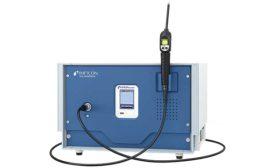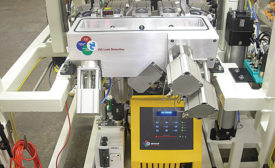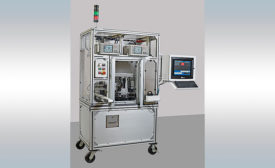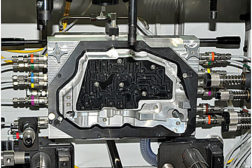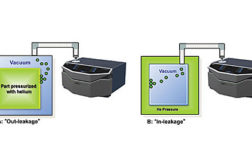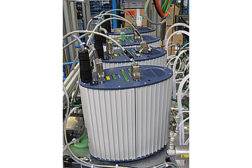Home » Keywords: » helium leak testing
Items Tagged with 'helium leak testing'
ARTICLES
Leak test manufacturers offer tips to make the process more efficient
Read More
Leak Testing Auto Parts
The latest automotive systems require innovative leak test methods and fixturing.
May 5, 2016
How to Implement a Leak Detector
These tips will help you obtain accurate results with a helium-based leak detector.
May 1, 2014
Get our new eMagazine delivered to your inbox every month.
Stay in the know on the latest assembly trends.
SUBSCRIBE TODAY!Copyright ©2024. All Rights Reserved BNP Media.
Design, CMS, Hosting & Web Development :: ePublishing
